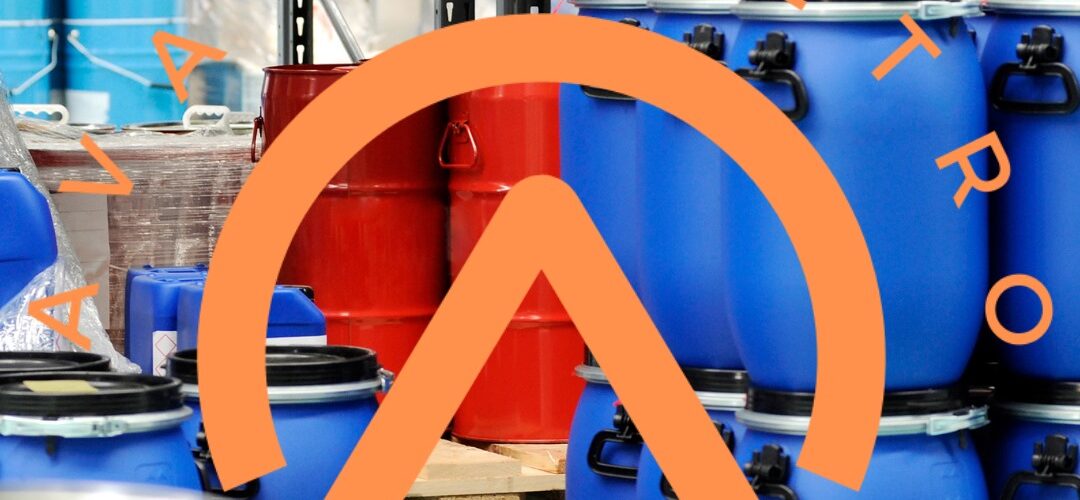Advancing Polymers for a Sustainable Future
In the ever-evolving landscape of materials science, advancing polymers stand out as a beacon of innovation, promising a better future for industries and the environment alike. These cutting-edge materials, characterized by their versatility and adaptability, have paved the way for transformative breakthroughs across various sectors.
Understanding the Essence of Advancing Polymers
Advancing polymers, also known as high-performance polymers, represent a class of materials engineered to exhibit exceptional properties such as high temperature resistance, mechanical strength, and chemical stability. These polymers have become the cornerstone of numerous industrial applications, ranging from aerospace and automotive to electronics and healthcare.
Unraveling the Applications
Aerospace Marvels
In the aerospace industry, advancing polymers have revolutionized the manufacturing of aircraft components. Their lightweight nature coupled with unparalleled strength makes them ideal for critical parts, contributing to fuel efficiency and overall performance. From structural components to insulation materials, these polymers have become indispensable.
Automotive Innovations
The automotive sector has embraced the use of advancing polymers for various applications. From under-the-hood components to interior features, these polymers play a pivotal role in enhancing durability, reducing weight, and improving fuel efficiency. As the automotive industry continues to prioritize sustainability, the adoption of these polymers aligns seamlessly with eco-friendly initiatives.
Electronics Evolution
In the realm of electronics, the demand for miniaturization and enhanced performance has driven the integration of advancing polymers. These polymers contribute to the development of compact yet powerful electronic devices, ensuring longevity and reliability. From circuit boards to protective coatings, their applications in electronics continue to expand.
Healthcare Triumphs
The healthcare industry benefits immensely from the advancements in polymer technology. Advancing polymers find applications in medical devices, drug delivery systems, and even tissue engineering. Their biocompatibility and versatility make them invaluable in creating medical solutions that improve patient outcomes and quality of care.
The Environmental Edge
Beyond their technical prowess, advancing polymers bring forth a distinct environmental advantage. With an increasing focus on sustainability, these polymers offer a compelling alternative to traditional materials that often contribute to environmental degradation.
Eco-Friendly Attributes
The production of advancing polymers can be designed to be more eco-friendly compared to certain conventional plastics. By employing sustainable practices and utilizing bio-based feedstocks, manufacturers can reduce the environmental footprint associated with polymer production. This shift aligns with global initiatives to create a more sustainable and circular economy.
Recycling Possibilities
Unlike some traditional plastics, many advancing polymers are highly recyclable. This recyclability factor is crucial in addressing the growing concerns of plastic waste. As industries adopt circular economy principles, the ability to recycle high-performance polymers becomes a key element in reducing overall environmental impact.
Challenges and Future Prospects
While advancing polymers present a myriad of benefits, challenges persist in their widespread adoption. Cost considerations, limited recycling infrastructure, and regulatory hurdles pose obstacles that need to be addressed for these polymers to realize their full potential.
Cost-Effectiveness Solutions
As demand for advancing polymers grows, efforts to enhance cost-effectiveness through improved manufacturing processes and economies of scale are underway. Streamlining production methods and exploring alternative raw materials are strategies aimed at making these high-performance materials more economically viable for a broader range of applications.
Bridging the Recycling Gap
The development of efficient recycling technologies is essential to maximize the sustainability benefits of advancing polymers. Research and innovation in polymer recycling processes are critical in establishing a closed-loop system that minimizes waste and reduces reliance on virgin materials.
Navigating Regulatory Landscapes
To ensure the seamless integration of advancing polymers into various industries, proactive engagement with regulatory bodies is crucial. Clear guidelines and standards can provide the necessary framework for manufacturers, promoting responsible production and usage of these high-performance materials.
Conclusion
In conclusion, the era of advancing polymers marks a transformative phase in materials science, unlocking unprecedented possibilities across industries. From aerospace to healthcare, these polymers offer a unique combination of performance and sustainability. As we navigate the challenges and embrace the opportunities presented by these materials, a better, more sustainable future comes into focus.
Written by Emir Narin

